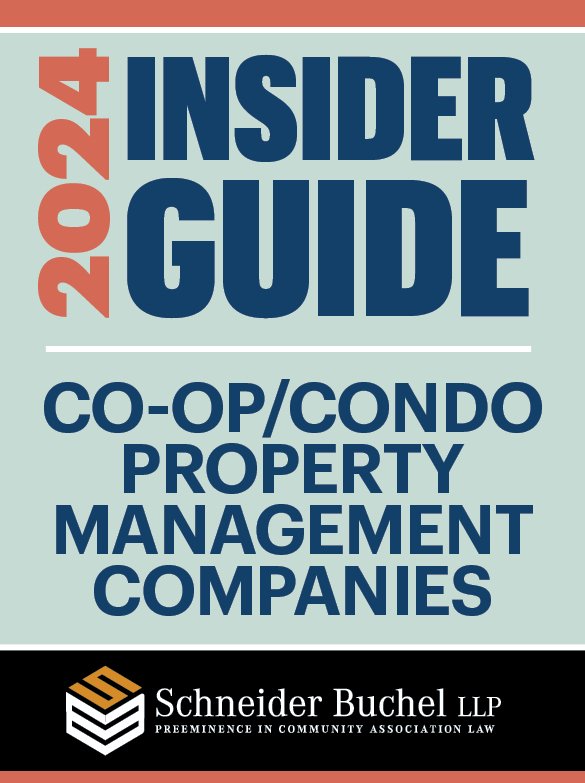HABITAT
Tax Revolt II: The Co-ops and Condos Strike Back Against 50% Tax Increases
Written by Frank Lovece on January 27, 2012
Every January, the New York City Department of Finance releases preliminary figures for the coming fiscal year's property-tax assessments. Homeowners, typically, often contest these figures, and in a standard legal process called tax certiorari eventually receive a refund. The city even offers a database of property-tax refunds. But something different happened last year, when the DoF hit some co-ops in northeastern Queens with demonstrably unrealistic, triple-digit increases that shocked all reasonable observers. Yet it took public outrage in the form of protests and a widespread tax revolt before the DoF finally begin to question figures so obviously and blatantly incorrect. And now this year, say community leaders, it's all happening again.
Despite an average 4.1 percent increase over last year in Queens overall, according to tentative figures by the DoF, "My own properties have increased an average of 7.7 percent," says Warren Schreiber, board president of the 200-unit Section 1 of the 12-section Bay Terrace Cooperative, who says co-ops in northeastern Queens are seeing high double-digit spikes. "At Deepdale Gardens, one of the biggest garden apartment complexes in Queens, each one of their block and lots came in at a 50 percent increase. At another Alley Pond, they came in at about 47 percent."
We may go forward and
demand the resignation
of Commissioner Frankel.
Bob Friedrich, president of Glen Oaks Village and co-president, with Schreiber, of the co-op /condo board-member group the Presidents Co-op Council, estimates the average increase at his 2,904-unit co-op complex at about 21 percent. "And we can’t forget about last year," he says, "when we were increased 50 percent with a five-year phase-in, 10 percent a year. Now we're seeing huge increases again. It is unsustainable, unfordable and unacceptable. They are pushing the middle class out of this city very quickly. These are just unaffordable increases in an economic period of time that is completely unjustified."
Among the other boroughs, Brooklyn saw a 4.2 percent average increase over last year while Manhattan's average jumped nearly five 5%, according to figures that the DoF released on Jan. 19.



